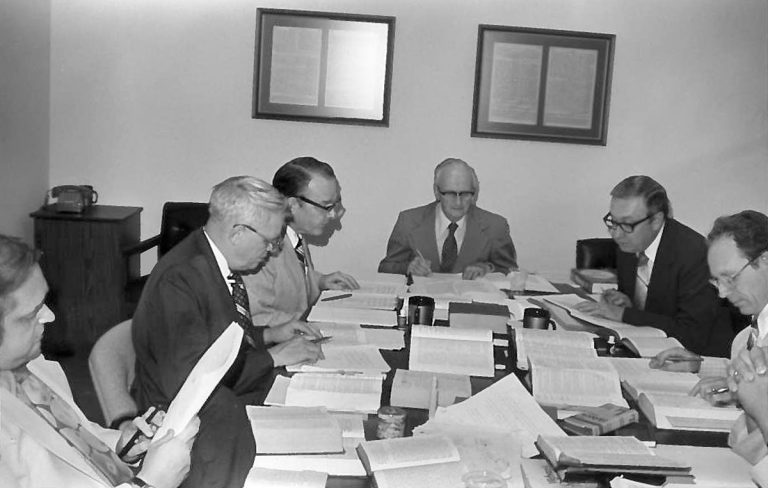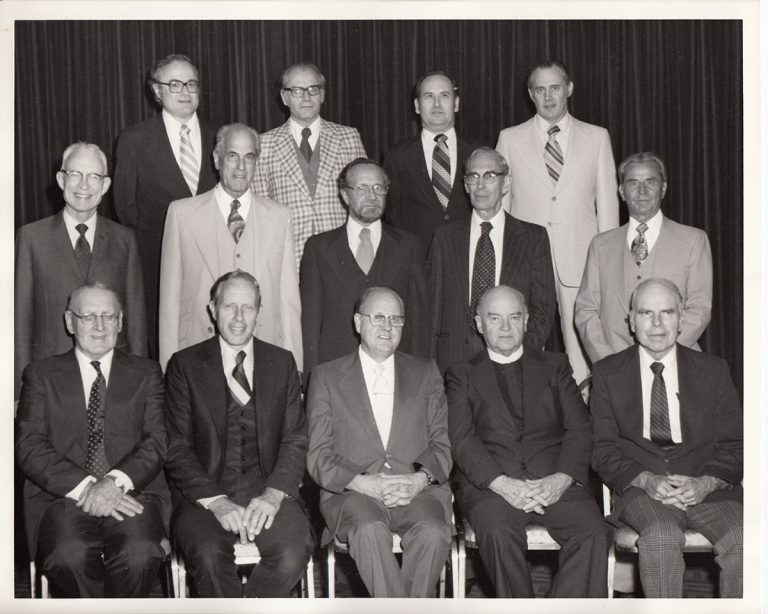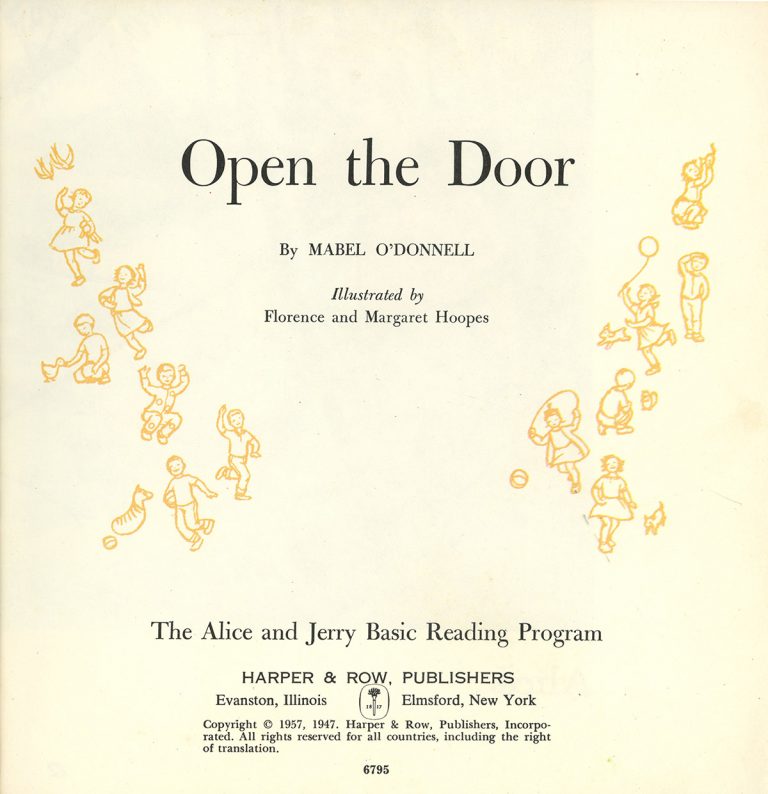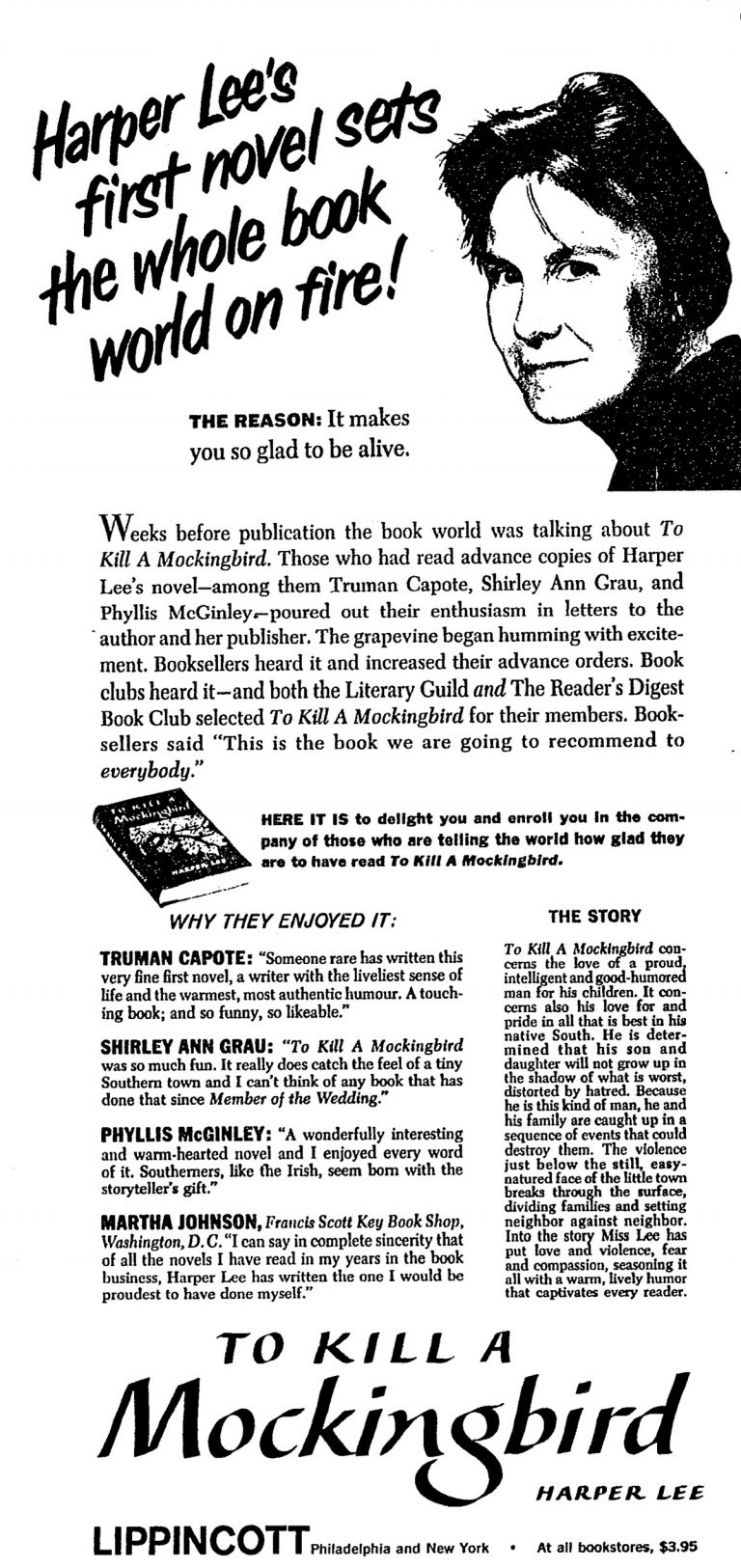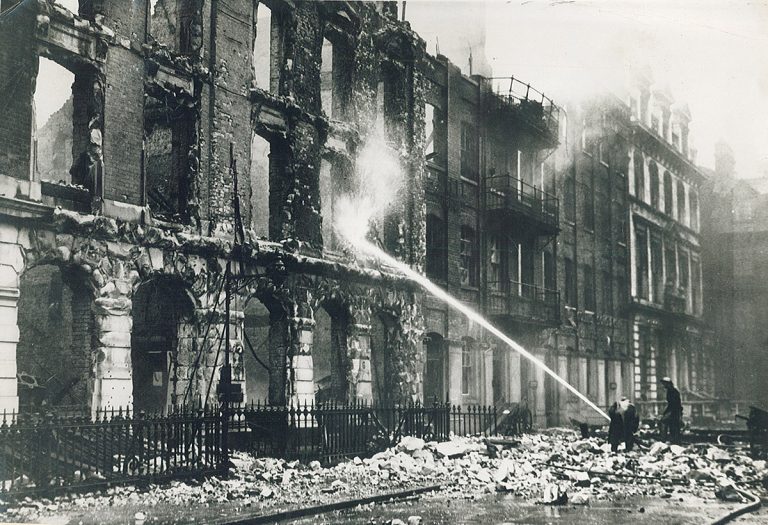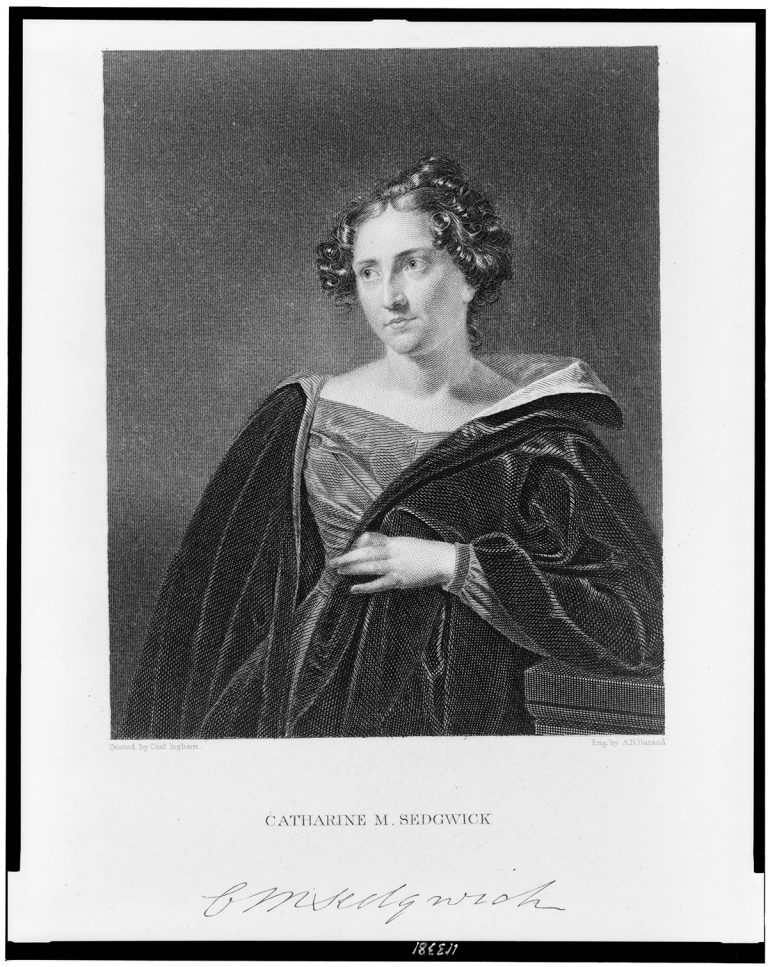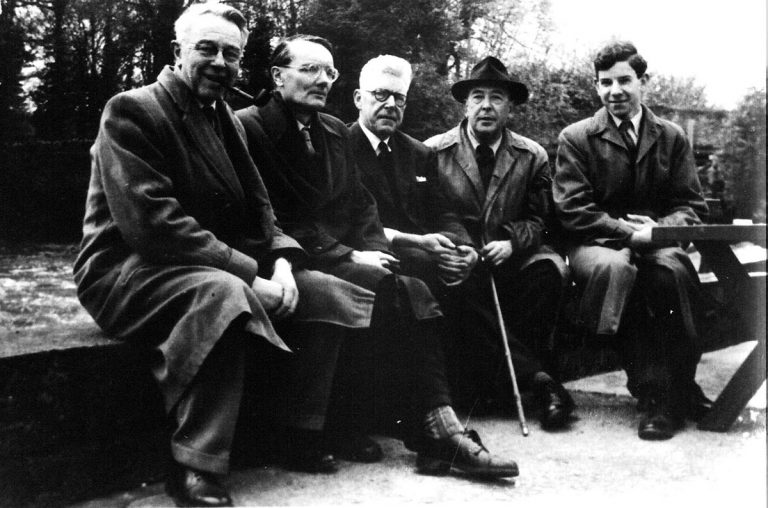The Transformation of Harlequin
By the 1990s, Harlequin had become synonymous with romance novels, grown the category into a score of successful subgenre lines, opened offices around the world, and seen its books made available in more than 100 countries and 30 languages. More



















